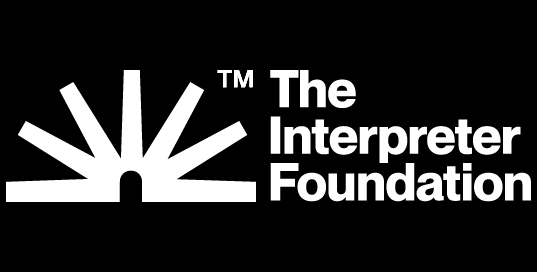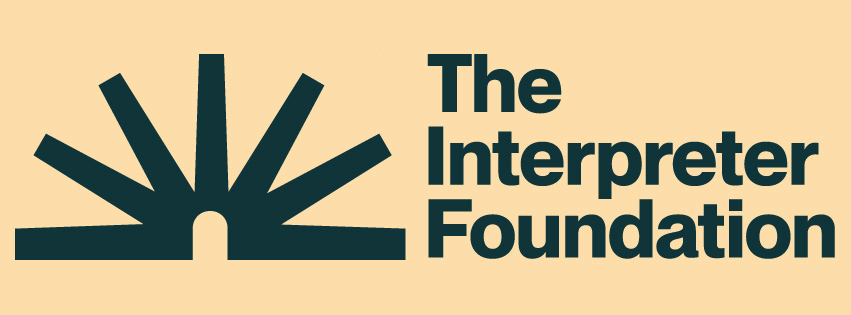
Books by Date
See the icons used for the links to the available media types for an article
Search the RSC Bibliography
Advanced Search of the RSC Bibliography
This form allows you to perform an advanced search. You only need to fill in one field below. This can be any field. If you select "not" as your match criteria, you must select at least one other field.
This book is the result of the symposium of twelve renowned scholars at BYU on Judeo-Christian parallels. The contributors brought to the task a careful scrutiny of Mormon source materials, a patient application of their own special methods, and a sensitivity to modern commentaries and to ancient records discovered in recent decades. The striking comparisons, clarifications, and appraisals that result mark out ground for further scholarly research and provide a fascinating overview of these significant topics. ISBN 0-88494-358-5
Articles
RSC Topics > T — Z > World Religions
RSC Topics > A — C > Book of Abraham
RSC Topics > G — K > Godhead
RSC Topics > Q — S > Restoration of the Gospel
RSC Topics > D — F > Doctrine
RSC Topics > G — K > God the Father
In this book’s four brilliant approaches to the Jewish stress on extending both the vision and the Law of Moses (Torah) to every phase of life, Jacob Neusner points to the kinships of the two traditions: Learning is a form of devotion to God. The Temple and its ritual exercise of purity was the common concern of the ancient Pharisees and was the most systematic Jewish attempt at intense symbolic infusion of intelligence and light. In the absence of the Temple, after AD 70 observant Jews sought to extend the temple purification process to their own homes and then restructured their ritual into “acts of loving-kindness” and patient study not only of the meaning but the structure of Torah. Today the Mishnah is the continual revelation “element” of Jewish study, open-ended and adaptive and bringing into focus the incidents and acts of all-inclusive religious life. ISBN 0-8849-4350-X
Chapters
RSC Topics > T — Z > Worship
The essays in this volume, including four on today’s world, were selected by a panel of Hugh Nibley’s colleagues. They are singular in their penetration, their originality, and their vitality. Reaching from the apocalyptic visions of original “treasures in heaven” down to the climax of history, they are more than mind-stretching. The delight of Nibley’s brilliant and sometimes biting prose style imparts a sense of the agelessness of what he calls the “three-act play” of human existence. Written specially for this book, the author’s own “intellectual autobiography,” together with his introductory paragraphs for the various chapters, complete the work of making the book a fitting and permanent record of one of the past outstanding historians. The text available here is from the 2nd edition published in 2004. It is available only in PDF format. ISBN 0-8849-4338-0
Chapters
This book is about two fundamental realities: Death, “the supreme crisis of life,” and Deity, the supreme power in life. These subjects are explored in seven chapters which were originally presented as papers at BYU Religious Studies Center’s first symposium on comparative world religion. The reader will find compelling interest in the book’s wide-ranging perspectives in Asian and Western countries which bear directly upon our understanding of ourselves and of the society in which we live. ISBN 0-88494-342-9
Articles
RSC Topics > T — Z > World Religions
RSC Topics > G — K > Heaven
RSC Topics > T — Z > World Religions
RSC Topics > G — K > Hell
RSC Topics > L — P > Prophets
RSC Topics > T — Z > World Religions
RSC Topics > T — Z > World Religions


